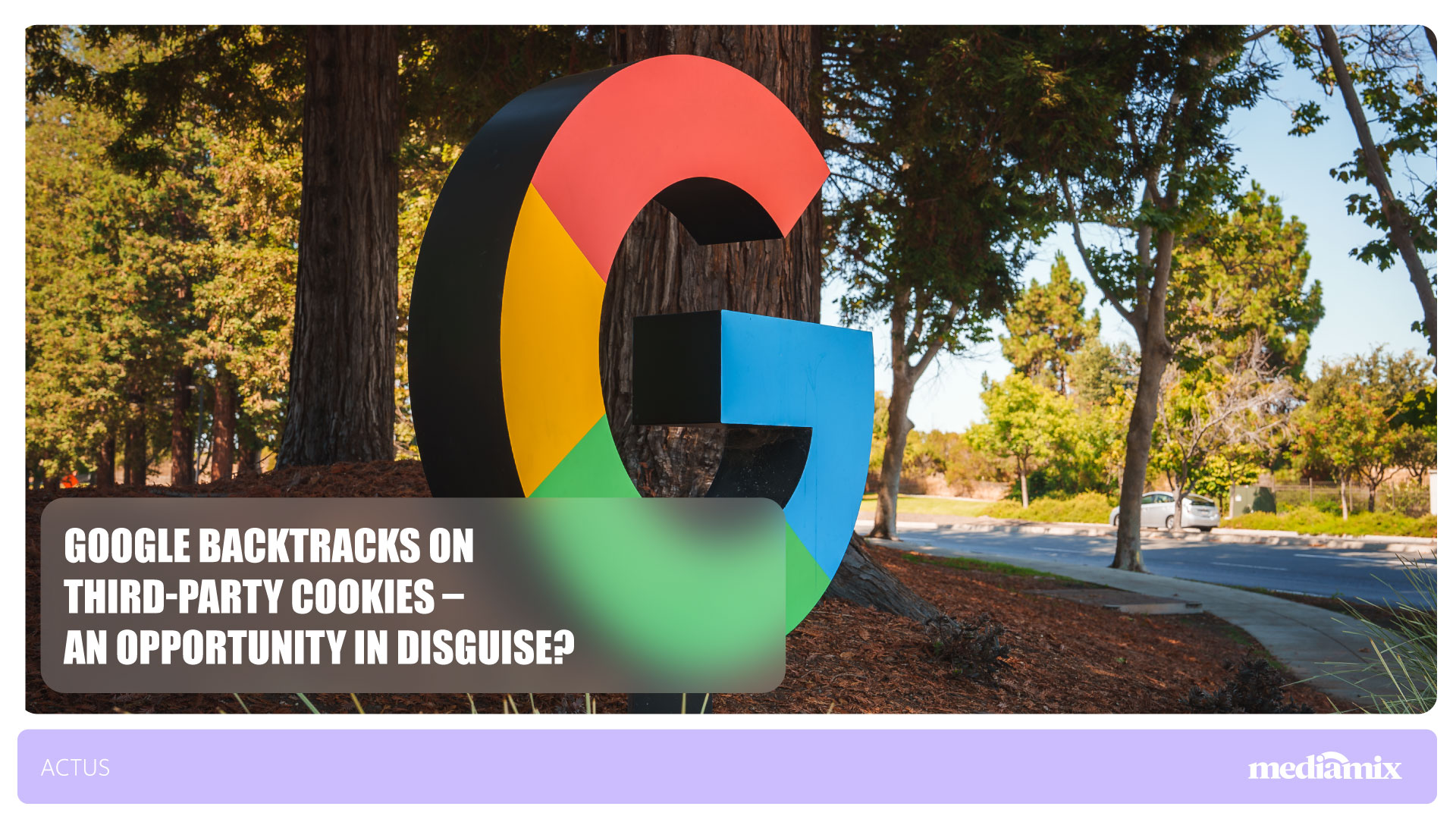En août 2019, Google faisait trembler la planète pub : son navigateur Chrome, utilisé par plus de 60 % des internautes, allait supprimer les cookies tiers. Six ans plus tard, plusieurs acronymes et une ribambelle de reports plus tard, le verdict est tombé : le 22 avril 2025, Google annule purement et simplement cette promesse. Retour sur une saga technologique et réglementaire qui a tenu le marché en haleine.
In Case You Missed It
In summer 2019, Google introduced the Privacy Sandbox, a project aimed at reconciling advertising with user privacy. With Safari and Firefox already blocking third-party cookies by default, this was Google’s way of showing Chrome was embracing privacy—just at a slower, advertiser-friendly pace.
On January 14, 2020, Google pledged to phase out third-party cookies "within two years". In 2021, FLoC (Federated Learning of Cohorts) was introduced—grouping users by interests instead of tracking them individually. Privacy advocates and regulators pushed back, calling it surveillance-washing. FLoC was quickly abandoned (in February 2022), replaced by the Topics API . But a lack of technical consensus pushed cookie deprecation to the end of 2024.
In summer 2024, instead of an automatic block, Chrome proposed a one-time banner prompting users to accept third-party tracking under Privacy Sandbox. The UK’s Competition and Markets Authority (CMA) requested further review. Testing dragged on… and the 2024 deadline quietly disappeared.
Then came April 22, 2025. In a blog post on PrivacySandbox.com, Google made its official U-turn: no banner, and third-party cookies will remain enabled by default. Users can still manually block them, but nothing changes out of the box.
As Anthony Chavez, VP of Privacy Sandbox, put it: “We remain committed to advancing privacy, but in a way that works for the ecosystem.”
Why the Reversal?
Google is backpedaling for several reasons: • The U.S. Department of Justice recently labeled its ad tech an illegal monopoly. • The UK’s CMA fears a cookieless web could unfairly benefit Google itself. • The ad ecosystem still hasn’t found an effective replacement for the tried-and-true cookie. Regulatory pressure is mounting, partners fear increased reliance on Google’s proprietary data, and technical alternatives like Topics just don’t perform on par. In this context, keeping third-party cookies is the least risky move—even if it means delaying privacy goals yet again.
But What About the Solutions We’ve Already Built?
Server-Side Tracking: A Long-Term Foundation
Even if cookies stick around for now, server-side tracking remains one of the most future-proof solutions out there. By shifting data collection to the server, this approach increases reliability against adblockers, strengthens consent enforcement, and reduces dependency on browsers. In short, a key building block in a privacy-first future.
Modeling: Doing More With Less
AI allows marketers to fill in data gaps through behavioral modeling—like estimated conversions via Consent Mode v2, probabilistic attribution, or intent prediction. These tactics are gaining ground as data access becomes more fragmented and limited.
Alternative IDs: A Viable Option in Logged-In Environments
In environments like media platforms or e-commerce sites, alternatives like Unified ID 2.0 or ID5 enable tracking via hashed email addresses—always with explicit user consent. These solutions are promising, but rely heavily on logged-in user volume.
CMPs: The Foundation of Compliance
None of this works without proper consent management. Consent Management Platforms (CMPs) like Cookiebot ensure transparency, traceability, and regulatory compliance. With Consent Mode v2, CMP configuration becomes even more strategic to campaign performance.
How to Stay Ahead Anyway
- • Strengthen your first-party data strategy through forms, loyalty programs, and interactive content.
- • Embrace contextual targeting – focus on content, not behavior.
- • Experiment with Privacy Sandbox APIs – Topics for interest targeting, Protected Audience for retargeting, Attribution Reporting for measurement.
- • Optimize your consent banner – clear user consent is still non-negotiable.
- • Optimize your consent banner – clear user consent is still non-negotiable.
In Conclusion From being marked for death to granted a temporary reprieve, the third-party cookie has had quite the journey. Google’s April 2025 reversal doesn’t end the privacy debate—it simply confirms that no one has cracked the code yet when it comes to balancing user privacy with advertising performance. Marketers now have a window of opportunity—and they should use it to build strategies more resilient than a little text file invented nearly 30 years ago.

